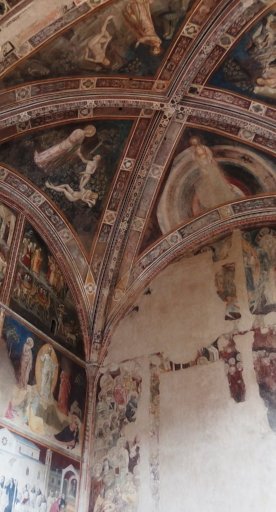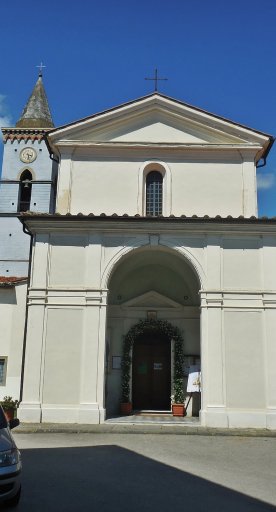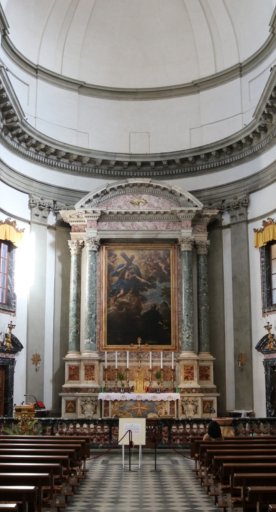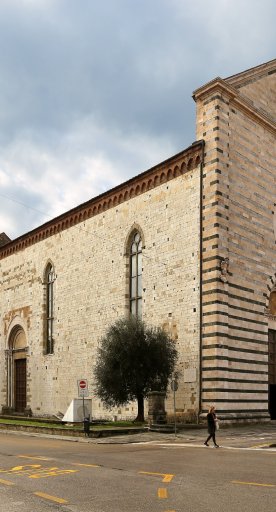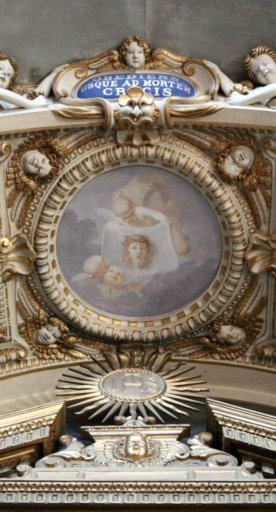Civic Museum of Ancient Art in the Town Hall
A fascinating journey through seven centuries of Pistoia's artistic history
The Civic Museum of Ancient Art, housed in the Palazzo Comunale, in Pistoia, takes its visitors on a seven-hundred-year journey through the city’s artistic history, from the thirteenth to the nineteenth century. It tells this story via a collection of the most important artworks, acquired or donated from its churches and convents.
Approximately 300 works of art are diplayed by chronological order and by school groupings (Florentine, Pistoiese), with the exception of the Puccini Collection on the top floor, separated from the rest of the exhibits on account of having come to the museum in 1914 as an original, integral unit.
The prestigious works on display document the cultural vicissitudes of the city in its alternating relationship of political dependence and autonomy from Florence, changes which paved the way for stylistic developments in the local art. The fourteenth-century school, with a substantial nucleus of gold backgrounds, and the pictorial current of the first half of the sixteenth century, with a large series of altarpieces with the theme of the "Sacred Conversation", constitute the museum’s main points of interest.
Florentine painting from the 1600s and 1700s is also well-represented, as is nineteenth-century Romantic art on historical subjects, inspired by the liberal ideology of Niccolò Puccini, who commissioned much of it.
The fourteenth-century school, with a substantial nucleus of gold backgrounds, and the pictorial current of the first half of the sixteenth century, with a large series of altarpieces with the theme of the "Sacred Conversation", constitute the main reasons of interest of the Museum.
Also well represented are seventeenth- and eighteenth-century Florentine painting and nineteenth-century painting with a historical subject and a romantic taste, inspired by the libertarian ideologies of the client, Niccolò Puccini.


